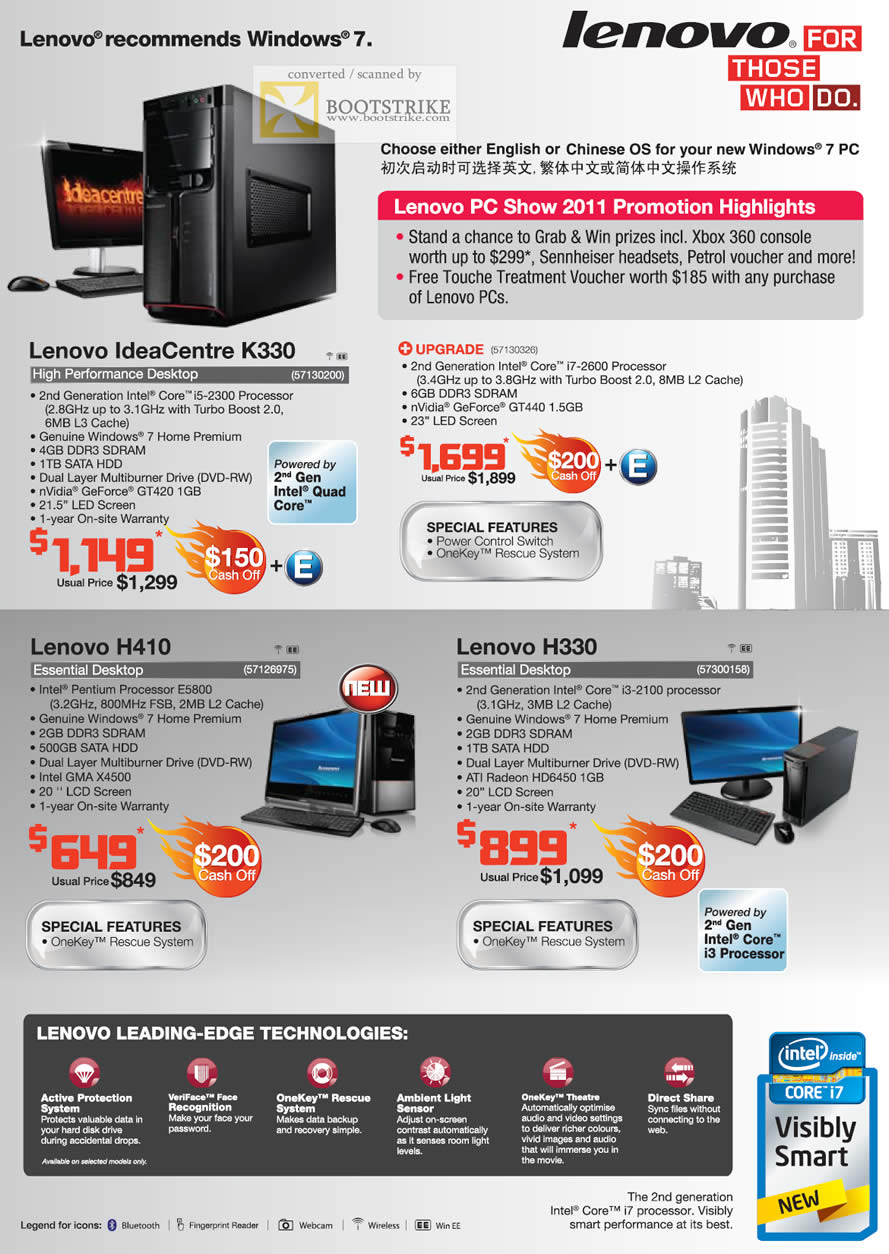

- #Nicecast 2011 list mac osx
- #Nicecast 2011 list 320kbps
- #Nicecast 2011 list software
- #Nicecast 2011 list free
#Nicecast 2011 list mac osx
People had good things to say about Nicecast ($40, Mac OSX only) as a simple solution for non-technical people. You can buy streams from various commercial suppliers around the web. These are the usual go-to choices for internet radio broadcasting. TeamTalk – Client-server config, uses speex codec or CELT (mono and stereo).Ī number of people suggested shoutcast or icecast streaming.Fideliphone – Simple to configure, point to point, almost but not-quite out of beta.
#Nicecast 2011 list free
To this end, Dennis Heerema on the celt-dev mailing list suggested the following two free solutions: I learnt there are solutions that use the music-quality CELT codec I mentioned above (which incidentally promises better quality than mp3 at the same bit rate). This put a lot of voice-quality internet-chat applications out of the picture. However one of the key things bP wanted was high-fidelity music grade audio.
#Nicecast 2011 list software
I like the idea of using a voice chat-app because it’s super-easy to set up and the software should be able to navigate the hazards of domestic situations like NAT firewall traversal without fuss. On to the options that were suggested… Hi-fi chat appsĮarly on I’d suggested Skype as a simple and easy plug-and-play option. In general no public link between Barcelona and Melbourne with ADSL endpoints guarantees bandwidth but you can at least test things a work out what the upper practical limit is - keep in mind that it will depend on network routes and network load (i.e.
#Nicecast 2011 list 320kbps
It’s all good and well to ask for 320kbps audio streaming, but if your Internet link can’t reliably sustain the bandwidth then it won’t happen. Since the computers will likely be behind NAT routers at either end, you either need a plug-and-play solution that can deal with NAT traversal (possibly using intermediate servers) or have access to configure the routers to forward traffic on to your computers.Īnother thing that became apparent, and that was reinforced to me by a number of people, was that you need to be sure your internet link can sustain the bandwidth needed for the performance.The computers at either end need to be connected to the network using cables - you don’t want WiFi packet loss layered on top of the already high demands of real-time streaming media.A few preliminariesīefore I get on to the alternatives people suggested I want to note a couple of points I made to bP: If you know of something else I havn’t mentioned here please post it in the comments.

This post shares the responses I received and a few of my thoughts on different approaches. I asked on ACMA-L and the celt-dev list and pinged a few friends privately too. I figured the best thing to do was to ask around and see what solutions people are using. So I was interested to find some answers. I do have an interest in network music peformance and I’ve been following development of the CELT low latency codec for a while, which is designed for low-latency distributed music performance. I’ve been working with streaming real-time audio over LANs a bit lately, but streaming from Barcelona to Melbourne is quite a different proposition - not something I have any personal experience with. It wasn’t a collaborative performance, the audio only had to travel in one direction. bP wanted high quality audio (“320 kbps mp3” was the way he put it), video was optional. This certainly wasn’t a super-high-bandwidth Internet 2 academic network scenario. The venues at either end were connected to the Internet using domestic-grade ADSL2 modems. A couple of weeks ago bP/555 asked me to recommend a solution for streaming high quality audio from a music performance in Barcelona to the DIALECTIC night at Horse Bazaar here in Melbourne.


 0 kommentar(er)
0 kommentar(er)
